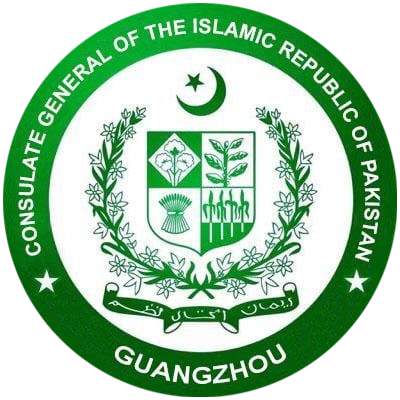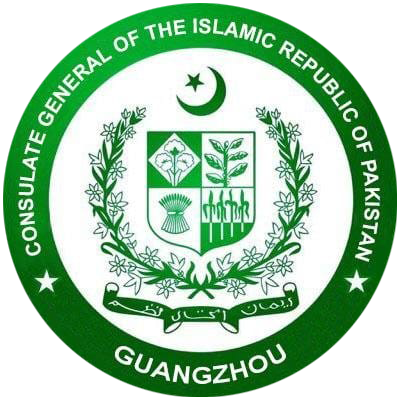Pakistan Economic Review
The restoration of macroeconomic stability is imperative for establishing a platform to stimulate growth, enhance employment, and improve the overall quality of life for the people. Recent years have been characterized by exacerbated challenges that have persisted since FY 2022. Pakistan has encountered multiple global shocks, including supply chain distortions from the Russia-Ukraine conflict, elevated global inflationary pressures leading to monetary tightening, and oil price shocks due to heightened geopolitical tensions in the Middle East. In FY 2022, Pakistan's economy experienced an unsustainable 6.1 percent growth rate driven by domestic demand, leading to high fiscal and current account deficits, and signaling excessive demand and overheating. Additionally, the economy suffered a significant setback due to the catastrophic floods in FY 2023, which not only obliterated growth prospects but also inflicted extensive damages equivalent to 4.8 percent of GDP.
During previous year, i.e., FY 2023, the government confronted four critical challenges that threatened Pakistan's socioeconomic growth: achieving sustainable macroeconomic stability, reducing poverty, ensuring fiscal consolidation, and addressing external account vulnerabilities. At the start of FY 2024, the overarching vision remains to attain sustainable GDP growth with price stability over the medium term to overcome these challenges. The elected government is putting its efforts into preparing and implementing home-grown macroeconomic and structural reforms, aimed at job creation and poverty alleviation. Efforts have been made to rebuild investor confidence by addressing macroeconomic imbalances through an optimal policy mix. Simultaneously, the government has strived to protect the most vulnerable populations with adequately funded social safety nets and targeted subsidies.
The economy of Pakistan embarked on a stabilization phase in FY 2024. Government’s dedicated efforts to complete 2023 Stand-By Arrangement (SBA) have yielded significant progress in reinstating economic stability. The economy has experienced a resurgence in moderate growth and a reduction in external pressures. Although inflation remains high, it is now on a downward trend. Moving forward, the newly elected government is putting efforts to leverage this stability by maintaining robust macroeconomic policies and implementing structural reforms to achieve stronger, more inclusive, and sustainable growth. The performance of the government in revenue collection and disciplined federal expenditure control facilitated the generation of a substantial primary surplus in first three quarters of FY 2024.The State Bank of Pakistan adopted tight monetary policy stance to bring inflation to moderate levels.
These measures along with recent trends in most macroeconomic variables suggest that the disciplined implementation of the macroeconomic stabilization programme has started paying dividends in the current fiscal year. The efforts contributed to containing the fiscal deficit at 3.7 percent of GDP during the first three-quarters of FY 2024. Likewise, in July-March FY 2024, the primary balance achieved a surplus of Rs 1,615.4 billion (1.5 percent of GDP), against the surplus of Rs 503.8 billion (0.6 percent of GDP) experienced last year, attributed to a slowdown in the growth of non-markup expenditures. The current account balance posted a surplus of US $ 434 million in March 2024 and US $ 491 million in April 2024 marking that the efforts of the government are yielding fruitful results. The current account deficit is likely to decelerate from as high as US $ 17.5 billion in FY 2022 to around US $ 0.5 billion (0.1 percent of GDP) by the end of the out-going fiscal year.
The government is dedicated to driving the country towards robust, inclusive, and sustainable economic growth. This ambitious agenda involves reinforcing public finances through fair and efficient taxation while significantly increasing investments in education, healthcare, social safety nets, and climate resilience initiatives. To ensure a sustainable energy future, the government plans to implement reforms aimed at lowering energy costs and enhancing sector efficiency. Public service delivery will be improved through the restructuring and potential privatization of state-owned enterprises. Furthermore, the government is committed to creating a conducive environment for private sector investment by ensuring fair competition and enhancing governance. These comprehensive reforms underscore the government's commitment to building a resilient and prosperous Pakistan for its citizens.



